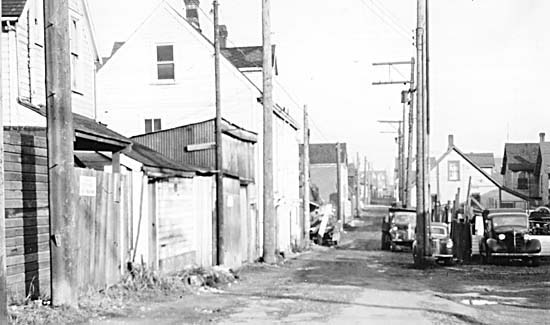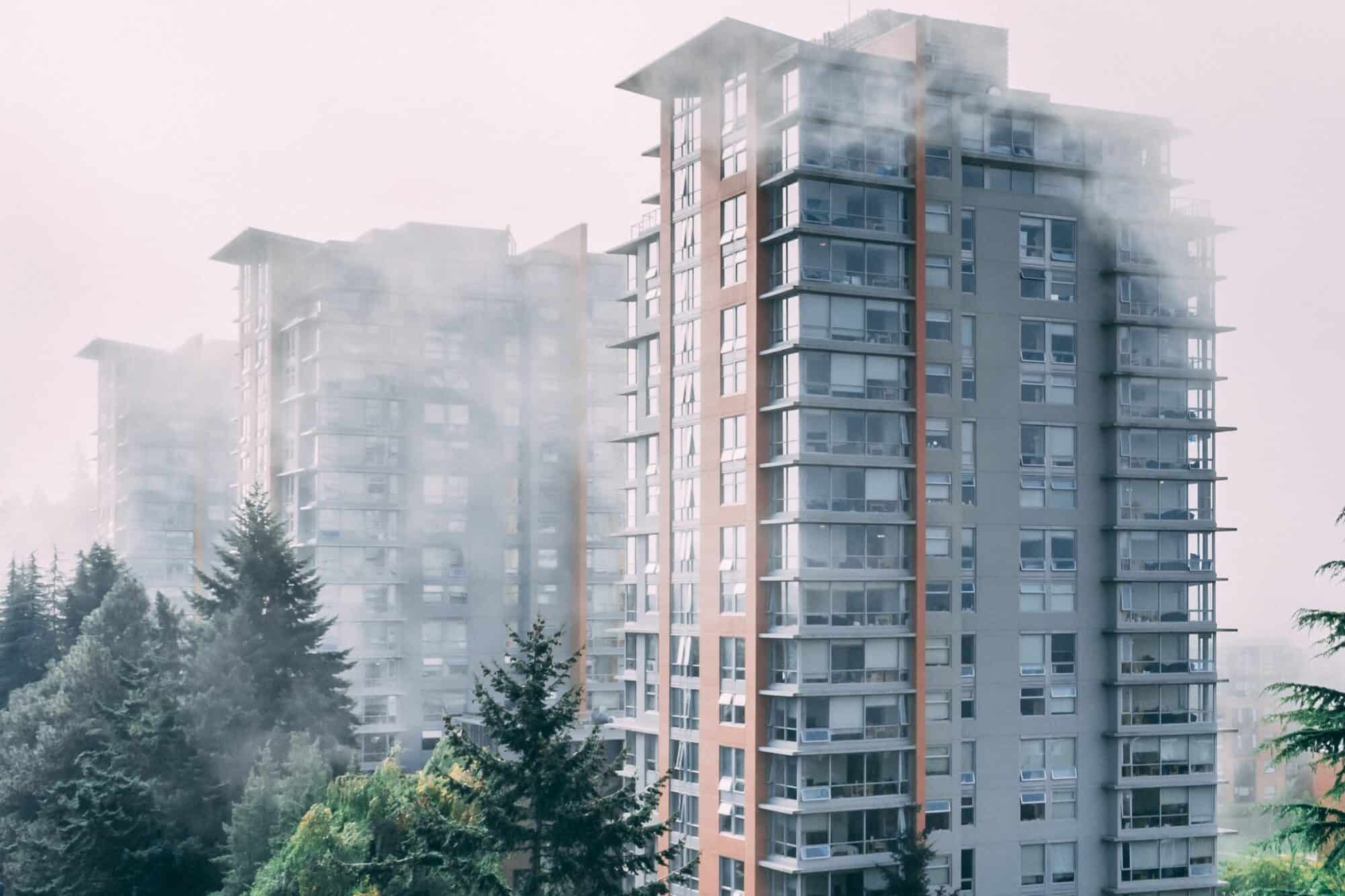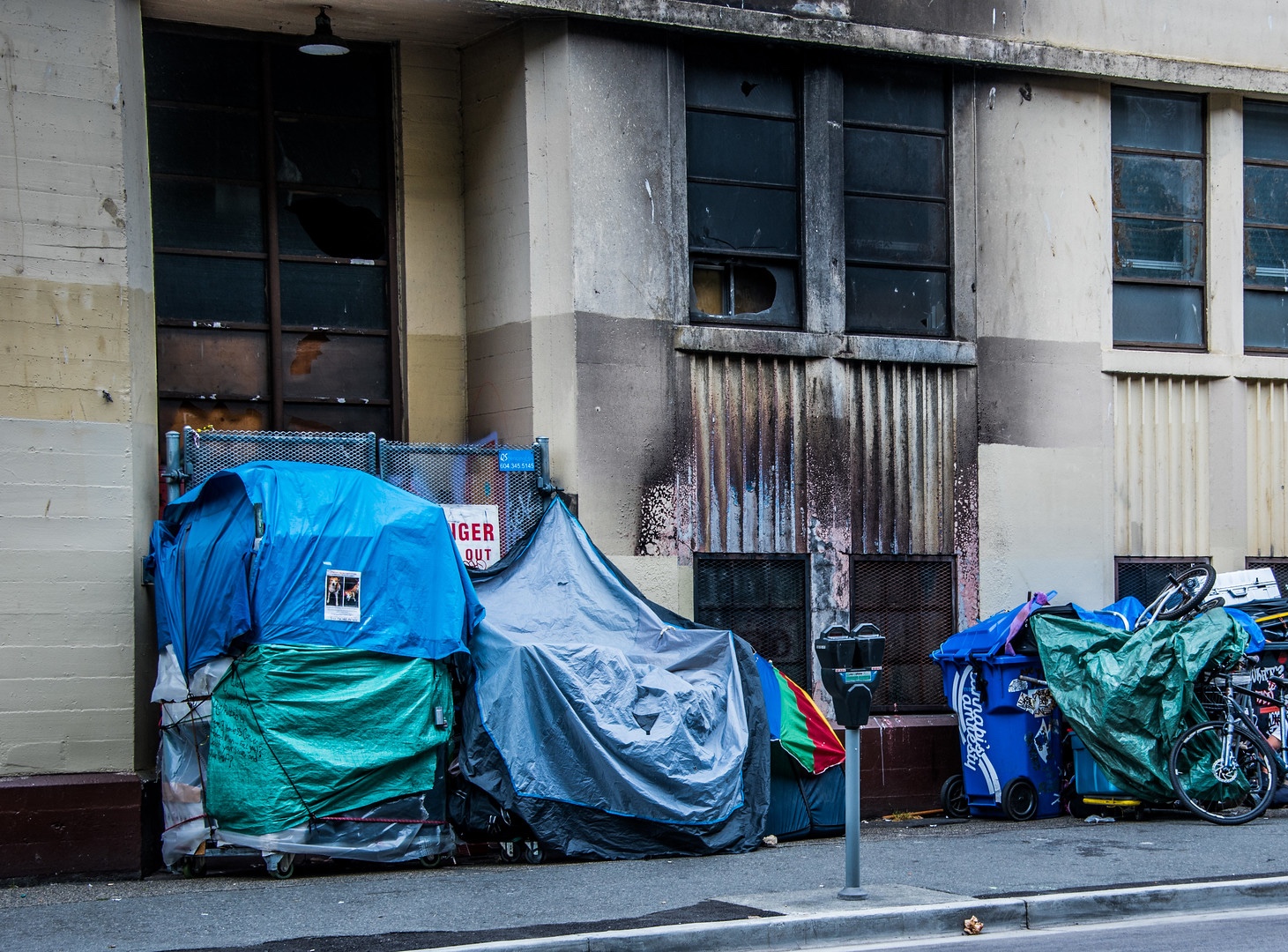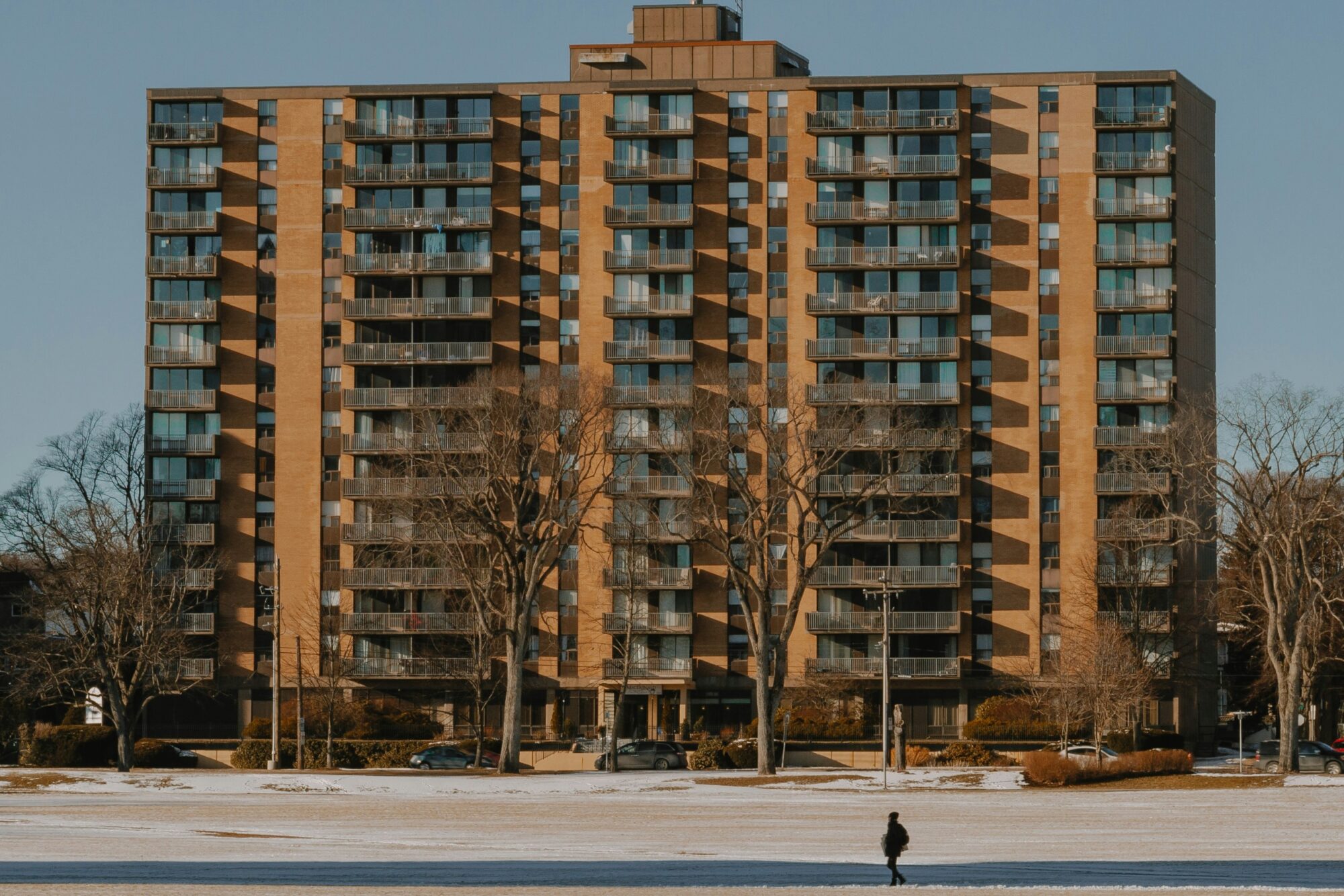Black History Month is a time to reflect on the many ways that People of African Descent have contributed to Canadian society. The dream of living a life free from racism in circumstances that allow us to thrive has always included having accessible, affordable, safe, and suitable housing in communities that nurture and embrace us. Unfortunately, People of African Descent in Canada have yet to be offered a permanent seat at most tables in our country. This is painfully true when it comes to housing policy, despite being overrepresented in homeless and social housing populations
Ideally this is where I would offer a link to the national and regional stats on homelessness and social housing populations, but as has become painfully evident throughout the pandemic response, Canada does not yet fully collect, report, or use disaggregated race-based data to guide decision-making when it comes to Black and other racialized communities. The newly created Centre for Gender, Diversity and Inclusion operating within Statistics Canada does provide insightful data and information on immigrant and visible minority groups [including Black Canadians], but the data is not yet driving meaningful policy outcomes nationally and/or on various provincial levels.
Poverty rates provide a glimpse into what we might expect if there were political will to collect data and report on how Black people in Canada are faring when it comes to the critical socio-economic conditions that impact our lives–housing included. According to the 2006 Census, the overall poverty rate in Canada was 11%, 18% for Black people compared to 9% for non- racialized persons.
In BC, a mandatory race-based question was added to the 2020 Point in Time Homeless Survey and while such counts are not perfect, it found that in the Metro Vancouver region, “Black people were particularly overrepresented among identified racialized groups experiencing homelessness, as they were 3.7 times more likely to experience homelessness compared to what their presence in the general population would predict”. We often think of poverty and homelessness in Canada as a condition of circumstances instead of a complex system of economic exclusion and discrimination, built on a foundation of settler colonialism that prioritized white male dominion, while institutionalizing Black and Indigenous subjugation.
Part of the history of Black subjugation in Canada is rooted in forced displacement and community destruction and while there has been an enormous amount of research on the history of white domination of Black people in the United States, this is a topic rarely taught or explored in Canada. Despite having a smaller body of research to work from, there exist sufficient inquiries into the Canadian context to reveal the history of Black settlement and displacement in places such as Wilberforce, Ontario; Amber Valley, Alberta; Africville, Nova Scotia; and Little Burgundy in Montreal to name a few. These shared experiences demonstrate how institutional racism caused Black communities in Canada to be segregated, terrorized, dispersed, and relegated to the margins throughout the nation.
In Vancouver, this same brand of targeted harm and displacement led to the destruction of Hogan’s Alley, the name given to a tight knit Black neighbourhood that formed in Vancouver’s Strathcona area as a response to discrimination and segregation that prevailed in British Columbia in the late 1800s, early 1900s. Through a series of policy decisions, this neighbourhood was targeted by urban renewal policies and actions that enabled the City of Vancouver–with help from the Canadian Mortgage and Housing Corporation— to plan and route a section of elevated roadway through the heart of the community. The lasting impact that has resulted from destroying Hogan’s Alley—a community that included Black-owned businesses and an AME Church that had up to 800 members—is a region where Black people continue to be harmfully marginalized and excluded from sharing in policy and decision-making on the issues that impact their lives the most. Again, housing included.
As the City of Vancouver plans to remove the offending roadway and redevelop this key piece of the downtown, the Hogan’s Alley Society formed to seek redress for the past displacement and ongoing inequities that Black Canadians face in the Metro Vancouver Region. Our proposal—presented to the City of Vancouver in 2017 during their community engagement process for the revitalization planning—is for a Black community-led non-profit land trust on the former Hogan’s Alley block.

Community land trusts take a community land stewardship approach. In the model proposed our organization (based on the proven standard set by the Community Land Trust Foundation of BC), the municipality will provide a 99-year land lease for a nominal rate to our non-profit organization. In turn, we will develop a mixed-use, mixed-income development featuring approximately 500 rental homes, small scale commercial spaces suitable for independent business, childcare spaces, and cultural amenities. By leveraging the value of the land and accessing capital subsidies from senior levels of government or other equity contributors, we plan to offer 70% of the rental homes at below-market rates and 30% at market within an inclusive community.
The first community land trust on the continent was formed in Albany, Georgia in 1969 and was born out of the Civil Rights movement with the motto “cooperative living, learning, earning and doing together empowers a collective group of people”. Self-determination through land ownership–particularly communal—has been a commonly held dream for people of African descent, whether descendants of enslaved people in the Western hemisphere or Indigenous African people living in post-colonial societies on the continent.
Other community land trusts exist across Canada. In the Parkdale neighbourhood of Toronto, Ontario, Parkdale Neighbourhood Land Trust (PNLT), is led and organized by a group of residents and organizations who seek to protect the “social, cultural and economic diversity” of the Parkdale community. Through the creation of the non-profit entity, the PNLT works to acquire community land for the creation of affordable housing, urban agriculture and social enterprises. Last year, PNLT partnered with Vancity Community Investment Bank to create the Preserve and Protect Guarantee Program in order to purchase old rental properties and keep their rents affordable. Here, PNLT provides a guide on how to start community land trusts as a way to fight gentrification, housing speculation and urban renewal projects that remove rather than preserve the identities of their communities.
As Black Futures Month begins, I call on housing policymakers to not let 2021 come to an end without committing to specific policies that enable Black communities in Canada to develop housing solutions that address our unique needs across the housing continuum. From affordable home-ownership programs and housing for intergenerational households, to culturally informed supportive housing for Black people leaving homelessness and the gentrification antidote that community land trusts can be, People of African descent in Canada must be afforded the opportunities and resources to participate in the decisions that impact our lives and to build the prosperous and thriving communities we have always deserved.





